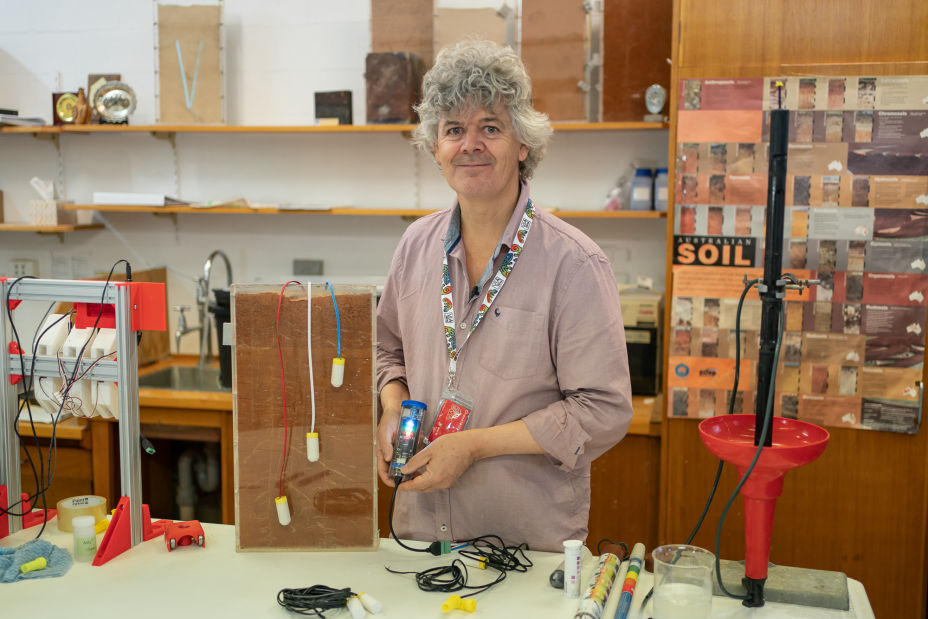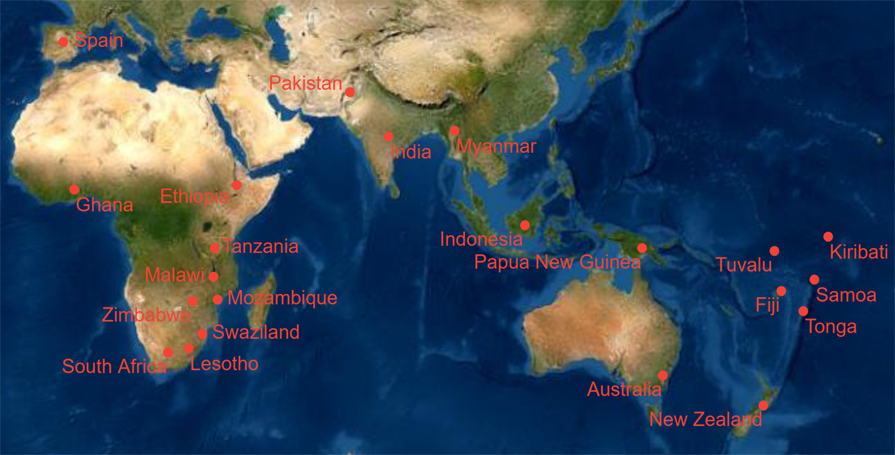The VIA Story
The VIA started its life in 2016 as a Commonwealth Scientific and Industrial Research Organisation (CSIRO) research project that received funding from Australian Centre for International Agricultural Research (ACIAR) to undertake a specific research work in Africa. As more people heard about what we were doing, they wanted to give the VIA a try. There was a growing demand for our equipment, but back then most of it was still in a late prototype form.
The unique VIA tools give output as colours that are linked to action, and were enthusiastically embraced by farmers. The demand from farmers for more equipment surprised even the research team. We had to decide to stay as a research project or seize the opportunity.
We decided to scale up and start a beta test program. We wanted to harness the energy and passion of partners to help improve what we were doing. They could provide feedback from the end users and help us iron out all the little problems that accompany scale up.
As a CSIRO research project, the VIA has been incorporated into research and development projects across many countries in Africa Asia and the Pacific in just a few years. We have distributed tens of thousands of Chameleon sensors and Wetting Front Detectors.

The VIA is much more than monitoring tools. It’s a new way to learn about water. The VIA platform collects data through mobile phones and displays the information as colour patterns on this website. Farmers are finding out they can save water, increase yields and manage water related conflicts in ways we never envisaged at the start.
The site contains more detailed explanations of how it all works, case studies from users, published papers and links to purchase equipment. We are ready and open to partner with anyone who shares our vision of growing more food with less water.

